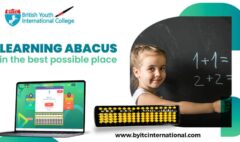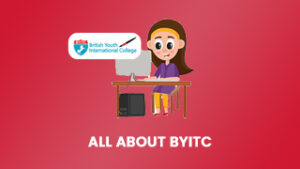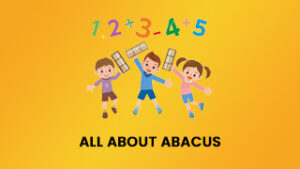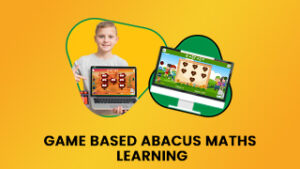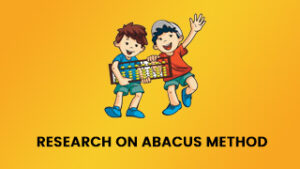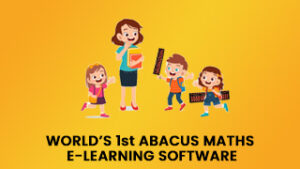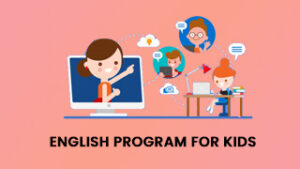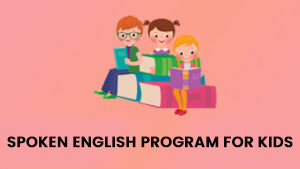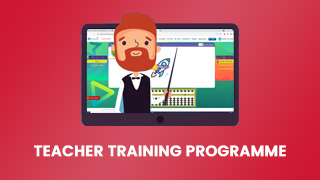Creating Students Who Solve Problems
August 10, 2020 2022-12-27 14:29Creating Students Who Solve Problems
The next time you are teaching a lesson, count how many questions students are asked.
When students are herded and corralled into the narrow chute of standardized testing, they are so heavily indoctrinated with fear of failure that only a fool would dare venture off the beaten path. We are, after all, talking about young people, and can hardly expect them to rebel against it (considering this may make you rethink those students who actually do). The consequences of straying are so fierce: the promise of no job; the shame of failure; the ire of the school. It is no wonder then that students are afraid to take risks and think for themselves, and why inevitably so many unnecessary questions are asked.
To add insult to injury, when governments decide in their wisdom that the solution to ensuring progress in education is to standardize testing even more, they force schools to constrict curricula further. They reduce the opportunities to explore creativity in subjects. They trim a course down to its quantitative shell, and by doing so reduce a student’s opportunities to develop solve problems strategies. Essentially, they force schools to produce hydroponic students.
Teaching Students In Authentic Contexts
Whilst using hydroponics to grow fruit and vegetables seems like the golden ticket to solving the world’s food problems, the method, while yielding ostensibly larger and faster produce, is significantly flawed in three ways: first, the final product lacks real nutrient and substance, and ultimately taste.
Secondly, the plant itself grows in a very unnatural and toxic state, absorbing inordinate quantities of chemicals and pesticides to control it at every turn, which must affect its overall enjoyment in growing, and thirdly, once the plant is gone and the process is over, it leaves no positive legacy – in fact, it depletes the ground around it. When students are taught in unnatural conditions, with the sole purpose of producing quantifiable results, they too suffer in three similar ways:
First, when they finish their education with a whole lot of credentials, (if they have managed to get through the system), they may lack any real depth of knowledge and any ability to problem solve. This is because the learning has been too shallow, only concentrating on aspects of a course that need to be learned for standardized testing. Like the roots of the hydroponic plant, the brain’s synapses aren’t encouraged to expand and strengthen because there isn’t any opportunity or need to do so. The more prescriptive the learning, the less chance the student has to wander off the path, and get dirty, and find solutions to get out of the mud and solve problems. Necessity is the mother of invention, but when students aren’t ever given such chances, they lose the capacity to think on their feet, and eventually, to think for themselves in most situations.
Secondly, if students are encased day after day in the confines of the school building, seated for extraordinary long periods of time in rows of desks, and ushered from class to lunch to class under the strict timings of bells, the process of distancing the young from their natural condition is well underway. If students are doused with pointless and irrelevant information disguised as learning, it is obvious that they won’t enjoy school.
Teaching Curiosity
Even well-meaning teachers can fall foul to the system, themselves operating in fear of not covering the required territory. In fact, it’s an impossible feat to teach the amount of stipulated material of most subjects to any level of depth to the average class. To curb the natural inclination of students to disengage in such a learning context, schools superficially inoculate their students with countless tirades, warning against disengagement and punishing culprits in attempts to quell it. It is no wonder that students can feel that their paths in learning and growth have become stifled and one-directional and oppressed. It is no wonder they rarely if ever connect learning with happiness.
Thirdly, because of the shallowness of the learning required for standardized tests, and the lack of base in the knowledge creation, the transference of the learning into new contexts is limited. The process yields little reward after the examination period, and does little to sustain the learner, or indeed the community around him or her. The student raised in the hothouse of standardized testing struggles to think outside the box, to solve problems and ultimately flourish and contribute to a rapidly changing 21st century world.
The emerging adult is certainly not going to bud and inspire the next generation, but instead depend upon and drain the world around it to keep it alive.


